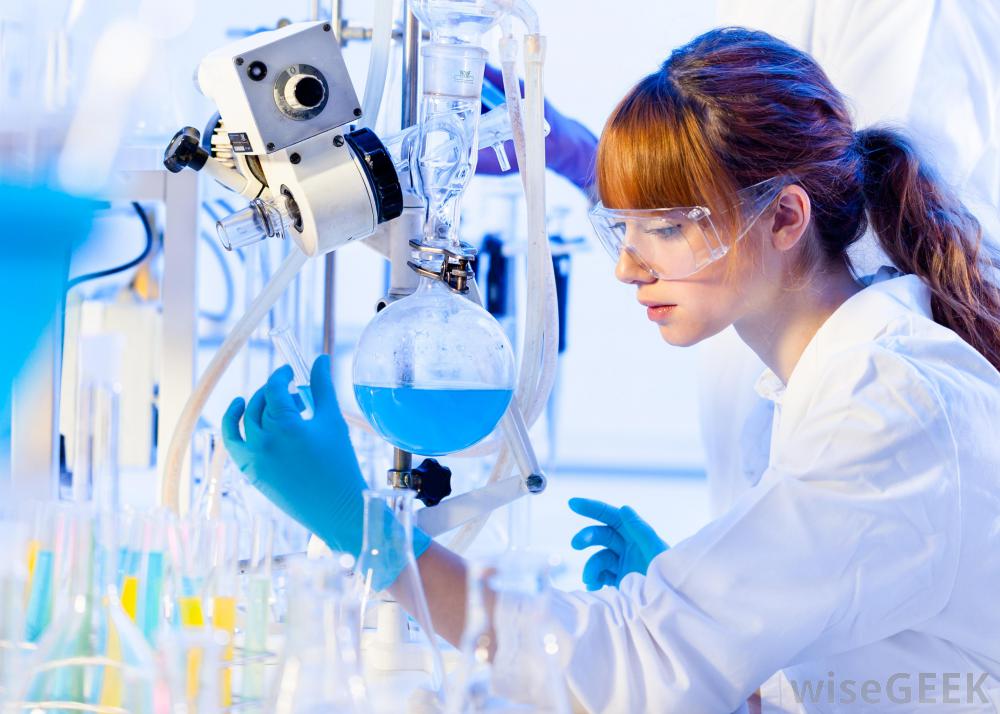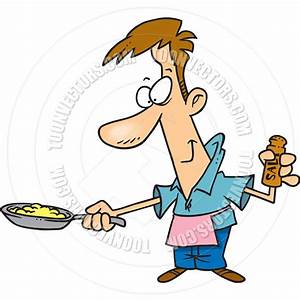
Fun Science Experiments for Elementary School Students by Craig Middleton offers two interesting science experiments that kids can do in their home kitchens. If you compare a modern kitchen to a chemistry lab you will see a lot in common. While Craig’s experiments can get you started, the Internet is full of other fun science experiments you can do at home or around your residence. Good luck.
Introduction
- If you are homeschooling or virtually teaching, science can be a difficult subject to teach. Science is best taught with a hands-on approach and students learn better when they are actively watching or participating. This can be challenging when you do not have the resources that science classes do in schools. However, common core science subjects are still possible via a hands-on approach without any typical science class equipment. To teach science outside of a traditional classroom, you just have to be creative.
Matter as Solid, Liquid, And Gas
- One common core lesson is teaching students about matter in its different forms or phases. A simple and fun science experiment to teach students about liquids and solids is to make a supercooled liquid. Before you do this experiment, you need to explain what solid, liquid, and gas states are to your students. Melting point and boiling point are also concepts that students should be aware of before this experiment.
- In this experiment, you need ice equipment, like your freezer, and 1 or 2 bottles of water, soda, or juice. The liquid you choose should be in a liquid state before placing it in the freezer. Have your students look at the liquid and explain what they see. Then, place the bottle in the freezer for about 45 minutes. During this time ask your students what they think is happening to the liquid. Is it turning into a gas or a solid? What will it look like after 45 minutes in the cold freezer? (You make have to experiment with the amount of time you leave it in the freezer.)
- Once 45 minutes have passed you can test to see if the liquid is supercooled. Do this by placing an ice cube in a glass then pouring a little liquid out of the bottle. If the liquid is supercooled it will look similar to a milkshake. If it is still liquid place the lid back on and put the liquid back in the freezer for another 15 minutes. Show your students what happens as you pour the supercooled liquid into the glass. Let them theorize what is happening.
- The science behind what is happening is that some liquids can be brought below freezing, but only for short periods of time and only if there are no ice crystals already formed in the liquid. Once the supercooled liquid touches a piece of ice, it quickly freezes. This might take several tries. If you aren’t successful at first watch this YouTube video to see it happen and for tips.

Chemical Versus Physical Changes
- Another common core science lesson is teaching students the difference between chemical and physical changes. The easiest way to do this is through an experiment. First, be sure to explain the difference between chemical and physical changes. Remember that physical changes can be easily reversed while many chemical changes cannot.
- A simple experiment to show this is making scrambled eggs. Take an egg and break it into a bowl. Add some cheese to the bowl and ask your students if the mixture you created is a chemical or physical change. Since you can still take out the cheese, it was a physical change. Next, add your egg and cheese mixture to a hot pan, making scrambled eggs. Have your students watch the process and record what is happening. Then, ask them if a chemical or physical change occurred. Since heat was applied, a chemical change occurred and the egg cannot be changed back. This YouTube video explains what happens when egg proteins are heated.
- You can also do this same type of experiment by making cookies. Making cookies would also allow you to teach your students how to measure and teach them about mixtures. However, it is important to remember that students come from different socio-economic households and many may not have the ingredients to make cookies at home.
- Doing science outside of school is possible and easy. There are thousands of simple experiments you can do at home or virtually with your students. Many can be found by doing an online search or by looking for educational science videos on YouTube. Just be creative and flexible and remember that science is as fun as you make it. Also, remember that your kitchen is really a chemistry lab.
Craig Middleton
- Craig is a New York City-based retired business consultant, who is an expert in education and cultural trends. He has a Masters of Business Administration and a Masters in Education from St. Johns and loves sharing his knowledge on the side through his writing. If you have any questions or comments you can direct them to Craig at craigmiddleton18@gmail.com.
DrDougGreen.com If you like the summary, buy the book





